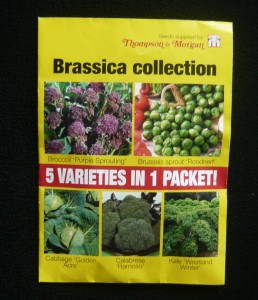Gourmet Vegetable Production
There are as many different vegetable plots as there are gardeners and everyone has its place. My default position is clear, I seek good yield or output from lower effort and less space than in previous decades.
My allotment days are over and although I expected to be time rich and veg plot area poor I can still be a Gourmet Producer of fresh tasty items. I say still, because retirement isn’t a guarantee of more gardening time.

Essentials Of a Gourmet Producer
- Grow what you will eat
- Do not grow food that is better or cheaper in the shops. Main crop potatoes and onions are generally better and cheaper from retailers.
- Grow what is best picked and eaten fresh. Lettuce, mangetout and beans are potential gourmet foods.
- Avoid growing gluts, you need only grow for the family table and occasional dinner party – who needs 5 rows of romaine lettuce all ready at the same time.
- Grow in succession by planting seeds a few weeks apart so they mature at different times.
- Maximise the length of the growing season by growing endive, raddichio and numerous varieties of brassica.
- Eat carrots and leaks as micro veg from thinnings with fewer left to maturity.
- Sow mixed salad leaves in rows and ‘cut and come again.’ You can do this with autumn sown cabbage too.
- Work to a plan to use your time on the plot rather than standing and pondering rather than gardening.
- Little and often works better than periodic onslaughts. Daily visits, even just 30 minutes, lets you feel what is and isn’t working well.
Gourmet Maintenance & Time Management
- Even gourmet gardeners need to dig and hoe. Remove weeds – you can’t eat them.
- Split larger jobs in to manageable slots.
- At the beginning of the year use roundup to clear larger areas.
- Make compost and use it for mulching and soil improvement. Buy in extra if necessary for autumn.
- Buy plug plants when you only need a limited number of a type of plant. Masses of seedlings cost and take time.
- Cover plants with cloches and use slug pellets. You are growing for you to eat not feeding pigeons and slugs.
- Water what needs watering eg runner beans and lettuce.
- Keep an eye on the weather and adjust your gardening accordingly.
- Do not forget to use the greenhouse. Tomato varieties have never been more numerous and tasty.
- If you have the conditions and patience then asparagus can be a delight and I wouldn’t be without Rhubarb!
